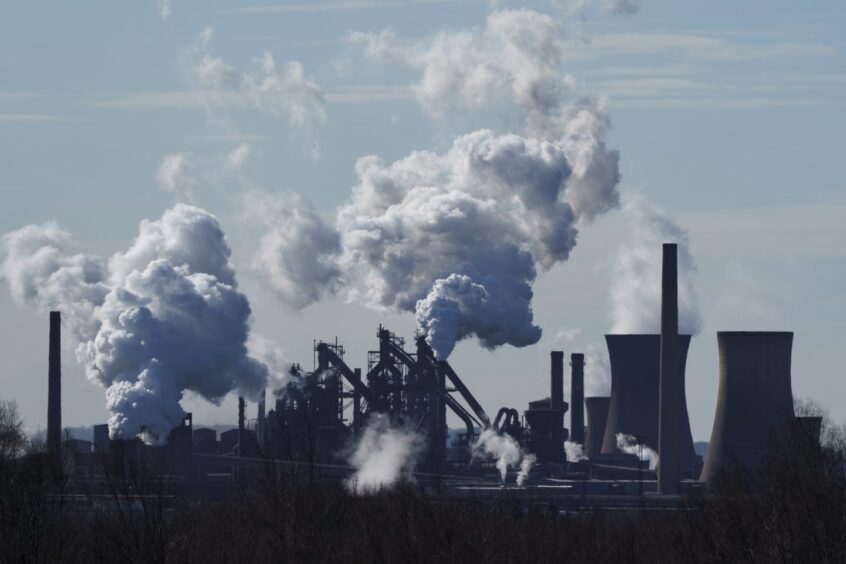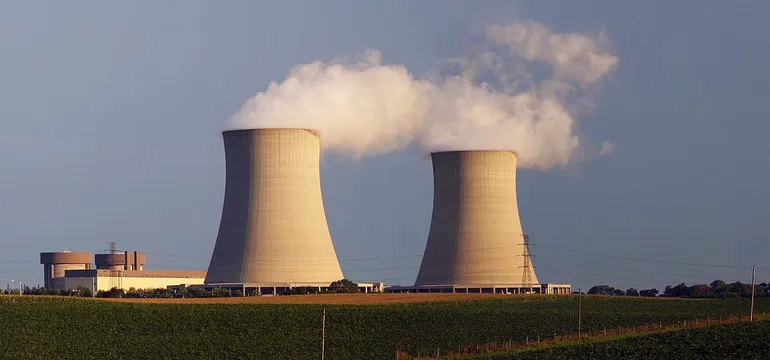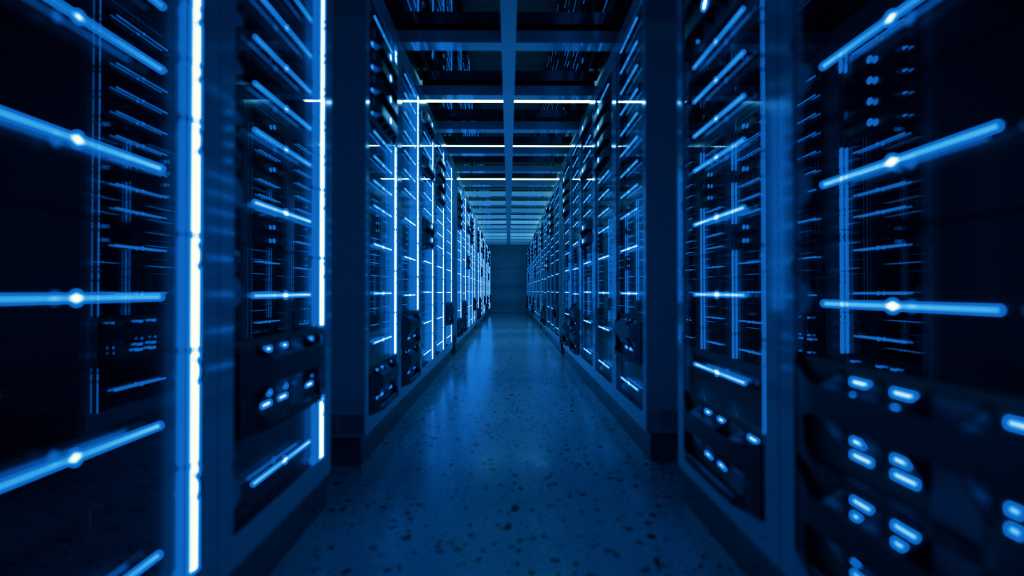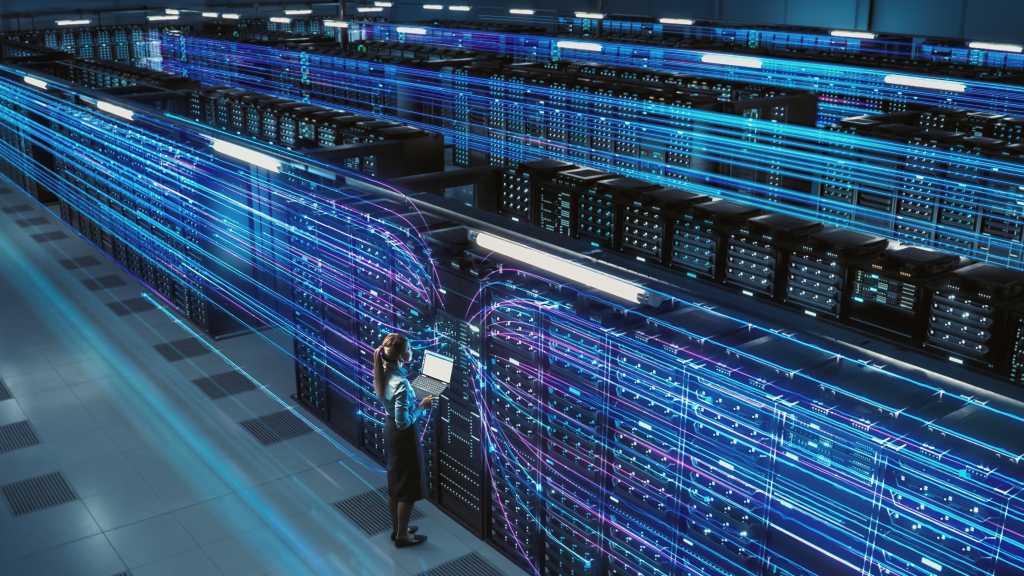A hydrogen boiler trial in Fife, which is the only ongoing test known of its kind, has yet to receive safety approvals months after the associated network was installed.
The H100 trial in Levenmouth is the only hydrogen boiler residential trial to be progressing after two similar UK trials were cancelled over safety concerns, following a report that revealed hydrogen boilers are at far greater risk of fire than regular gas boilers.
Two hydrogen boiler trials, in Ellesmere Port in Whitby and Redcar in Teesside, were quashed in 2023 over fears of safety among residents, while three known accidents involving blasts in the unproven market for the low-carbon gas have taken place in recent years.
Tom Baxter, a lecturer in the department of engineering at the University of Aberdeen, filed a freedom of information request to the Information Commissioner’s office to know what safety approvals the Fife H100 trial had complied with at the start of February.
The request was submitted after gas distribution business SGN, the company behind the trials, was forced by the commissioner’s office in December 2023 to release findings from a controlled explosions experiment that compared hydrogen and gas boiler safety.
The gas company finally released the explosion risk report and a video of controlled explosions from 2018, which were funded by Ofgem’s Network Innovation Allowance, after the UK’s information commissioner ordered it to do so.
That report, conducted independently in advance of the four-year hydrogen heating pilot programme in Buckhaven and Methil, showed hydrogen boilers were more likely to explode than gas boilers, but it was withheld on the basis that the results could be “misinterpreted”.
The response from the Health and Safety Executive (HSE) this month shows that the necessary safety case had not yet been lodged for the trials being conducted by SGN. This is despite the company announcing last year that the hydrogen network had been completed for the residential hydrogen trials.
“I can confirm that HSGN have not yet submitted a complete case for safety for H100 and so HSE does not hold the information requested,” the commissioner’s office said in a response signed by the HSE.
“HSE understands that SGN expect to submit the complete safety case in 2025 and HSE’s assessment is due to commence and conclude in advance of the trial going live.”
A spokesperson for gas distribution company SGN said in response that the company has an “agreed process” to provide HSE with a full safety case, adding that the work is “on track”.
“This builds on extensive work carried out over the last five years including the UK Government backed Hy4Heat study,” the spokesman said.
He said the H100 trial in Fife will deliver green hydrogen to households in “Autumn 2025”. All six hydrogen storage tanks are in place in the production and storage site and electrolyser installation is “well underway”.
Independent regulator HSE has said it needs to be satisfied that the trial will run safety “before H100 Fife can go ahead”, and that Ofgem and the Department for Energy Security and Net Zero (DESNZ) must also consider the conclusions of its assessment before the trial, according to the spokesperson.
The firm said that its hydrogen demonstration homes “opened to the public earlier this month”, following delays in spring 2024 that gas company SGN attributed to supply chain and procurement issues.
The project is trialling “domestic properties only” and will last for two years, supplying the properties through an 8.4km hydrogen gas network.
“All the hydrogen appliances and boilers used in H100 Fife will be tested and fully certified to the agreed regulations and standards for the use of hydrogen gas,” SGN commented.
‘More explosive than natural gas’
Baxter raised concerns that the Scottish government, given its support for the trials, including a visit from acting net zero minister Gillian Martin, is poised to approve these regardless of any safety concerns. He said he did not believe residents were informed about the safety risks of the trial.
“Hydrogen’s much more explosive than natural gas,” said Baxter, who raised concerns that even if the trial in Fife progresses safely, a scale-up without proper supervision in homes as part of a wider rollout could be dangerous.
Martin visited the hydrogen trial in August, which is designed to be the UK’s first hydrogen network, including green hydrogen production and a boiler rollout in 300 residential homes.
“They’re laying the pipeline, they cut ground for the first time last year,” Baxter said, “they must submit it [the safety report] before going live”.
He said that three demonstration houses have been engineered in Levenmouth, which is considered to be “one of the five most deprived areas in Scotland”.
Residents who may be “struggling to pay bills” were offered £1,000 to take part in the trials, together with new shiny appliances.
Baxter expressed concern that residents in the Fife trial may not be fully informed about the risks associated with hydrogen boilers. He helped support residents at the Ellesmere Port and Redcar hydrogen trials, but said the Facebook site for the Fife trial has not had “traction” from residents voicing concerns.
Residential hydrogen boiler trials in Ellesmere Port in Whitby and in Redcar that would have tested the use of these boilers in homes were abandoned after outcry from residents that they would be used as “lab rats”.
Four times more likely to explode
According to the study carried out on the safety of hydrogen boilers between 2018 and 2022, by independent company Hy4Heat, hydrogen boilers are four times more likely to be involved in explosions or fires than regular gas boilers.
That study was commissioned by the gas distribution company running the hydrogen home heating trial in Fife and was later suppressed. The gas company running the hydrogen heating trial in Fife initially refused to publish the report.
“Hydrogen has a very wide flammability range, so it’s more likely to be inflamed than many other gases, and in fact has a low ignition energy so it doesn’t take much for that to happen, particularly when it’s mixed with air,” said John Underhill, a professor in geoscience and the energy transition at the University of Aberdeen.
“It’s where it mixes with oxygen. That is when we have potential risks and issues. Others would argue that it does dissipate quite quickly, so it’s only when it’s in a concentrated form.
“Because of its susceptibility to leakage, it tends to disperse and become diffuse quite quickly, but if it does build up in quantity, mixes with air, then that flammability range in low ignition energy become significant issues.”
Baxter explained that product developers have sought to address this danger by including excess flow valves in the gas boilers. These let air through both ways, he said, leading to colder temperatures in winter.
“To make hydrogen safe as natural gas you have to put in extra equipment, a component like a flush excess flow valve,” said Baxter.
But while these special valves can reduce the risk of serious harm from a hydrogen boiler accident, minimising the risk of widespread fire or a serious incident, they do not stop accidents from occurring, according to Baxter.
He said accidents were found to have taken place just as regularly with the valve but the risks of a potentially deadly accident were minimised.
“Hydrogen can pose a significant safety risk, primarily due to its physical and chemical characteristics,” said Underhill.
Existing gas networks “would need to be completely repurposed”, he said of hydrogen’s propensity to leak.
‘Inexorable decline’
With gas in “inexorable decline”, gas companies are facing an “existential crisis” and seeking to develop a network to recover existing pipeline infrastructure, according to Underhill.
Scotland does not have a trade agreement with the UK to enable cross-border trade of either carbon dioxide or hydrogen, which makes importing or exporting these gases across borders “a real challenge”, he added.
A separate study conducted by the Institute for Energy Economics and Financial Analysis in January concluded that: “When compared to natural gas, hydrogen has a higher explosive potential, a higher leak potential, a lower volumetric heating value, and a higher flame temperature.”
The National Renewable Energy Laboratory in the United States cautioned as early as 2013 that hydrogen “has a broader range of conditions under which it will ignite”, with a main concern being “the potential for increased probability of ignition and resulting damage compared to the risk posed by natural gas without a hydrogen blend component”.
Many new boilers are able to take hydrogen blends of 18% to 20%, and that is the sort of blend that would work in domestic heating and cooking, according to Underhill, because “the flame will not light” with a higher blend.
“I see hydrogen having a potential role in being blended in with methane on a one-fifth or less,” he said, highlighting that both methane and hydrogen can be considered greenhouse gases.
‘Small, nimble’ and ‘explosive’
There have been a series of dangerous incidents involving hydrogen in recent months, including a hydrogen gas explosion of a Hyundai bus in Chungju, South Korea, at a hydrogen charging station in December 2024. The accident occurred as the bus started its engine after charging.
Another incident involving a hydrogen gas explosion at a chemical plant owned by Chevron in Louisiana, Geysmar, took place in September, in which two workers were injured, one seriously so.
There was another accident in Gustoffon, in Oslo, Norway, at a hydrogen filling station in a heavy goods vehicle transport centre, where a fire broke out after hydrogen had reacted with air.
Underhill explained that while in isolation these accidents might not be cause for concern, collectively, they highlight how the hydrogen molecule is “small, nimble” and “explosive”.
While the risk of hydrogen explosions is real in domestic and consumer usage, experts generally agree that hydrogen storage and limited use of combustion of the low-carbon gas within industrial settings is relatively safe.
Baxter said hydrogen storage is “absolutely” safe as it is administered by professionals with experience in the field, while Underhill raised concerns about gas leakages in pipeline infrastructure that could expose the gas to air and possible safety issues.
HSE and the Scottish Government were asked for comment.
Recommended for you

HSE warns of explosion risk at Culzean over maintenance practices



















